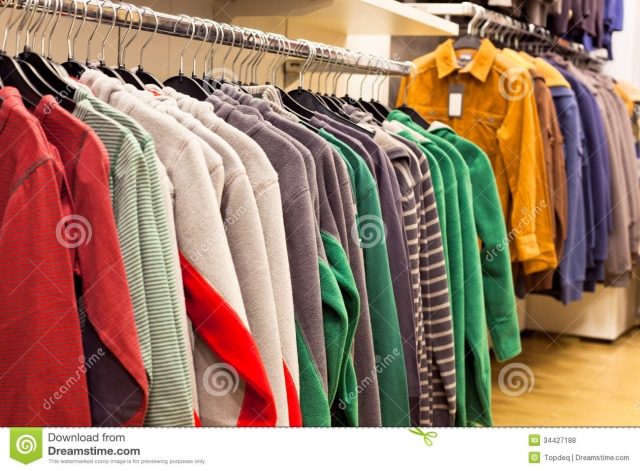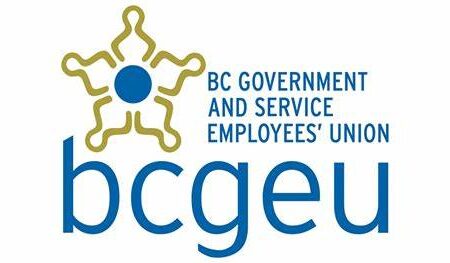EDITORIAL: My insidious wardrobe
What next? It seems that everything we do is an environmental problem. Triclosan in “anti-bacterial” soaps and toothpastes and so on just contributed to developing antibiotic-resistant strains of bacteria and was bad for people who used the products, too. Microbeads in toothpaste and various cosmetics built up astonishing levels of micro-bead plastic pollution in waterways, oceans and marine life, including our food. Fossil fuels that get us and our products around so effortlessly are disrupting our climate, apparently uncontrollably. Other oil industry products such as plastic nets, bags and other trash, and fertilizers used to excess, are building up in the oceans and fresh-water sources with deadly results. NOW what?
Microfibers, that’s what. As I sit here in my polyester fleece pants and fuzzy fleece top, I contemplate a gift of soft, cuddly fleece bed-sheets that we received for Christmas, and feel a certain despair. Part of that is from having recently learned that my frugal habit (intended to help save the planet) of using clothing until it is thoroughly worn out (and then some) is resulting in the release of even more microfibers down the drain when I wash them. So if you notice a certain grubbiness of my synthetic-fiber garments when we meet in the grocery store, you’ll understand that refraining from washing said garments too often is an attempt to improve the health of our waterways and oceans and marine life; the older the synthetic garment, the more microfibers it releases in each wash.
Readers may already be aware of the microfiber problem. If not, the “Story of Stuff” has just released an explanatory video, less than 3 minutes long, accessible by clicking this link.
An article in the Guardian goes into interesting and more informative detail about microfibers and their effects on life; click here for that one.
Another link on the Guardian site discloses the deadly effects on fish of micro-plastics; Click this one to learn how that works.
We could even be breathing in microfibers, with potentially ill effects on our lungs and general health, as a health expert explains in this May, 2016 article.
A sobering compilation of evidence on plastic pollution, including microplastics, dated April 2016 and containing citations to the research supporting its statements, was presented to the UK Parliament. It also summarizes the success, so far, of international efforts to limit plastic pollution.
What about our personal efforts? What can we do? Is it better to wear clothing and purchase other products made only of natural fibers — wool, cotton, rayon, linen and hemp? Most likely, but not everyone can afford them, and the production of cotton is also environmentally problematic. Allowing hemp growing for fiber could help with that; it requires far fewer chemicals to grow, if any, and can be grown where cotton can’t.
Most of us already have a lot of clothing made of synthetic materials; should we try not to wash them very often? That isn’t a very appetizing solution for those fleece sheets we were given. Perhaps I can re-purpose them somehow.
Now that we’re aware of the gravity of this particularly insidious form of damage we’re doing, anything we do to mitigate it will help. A bit. I’ll do what I can. Over to you, readers.

























